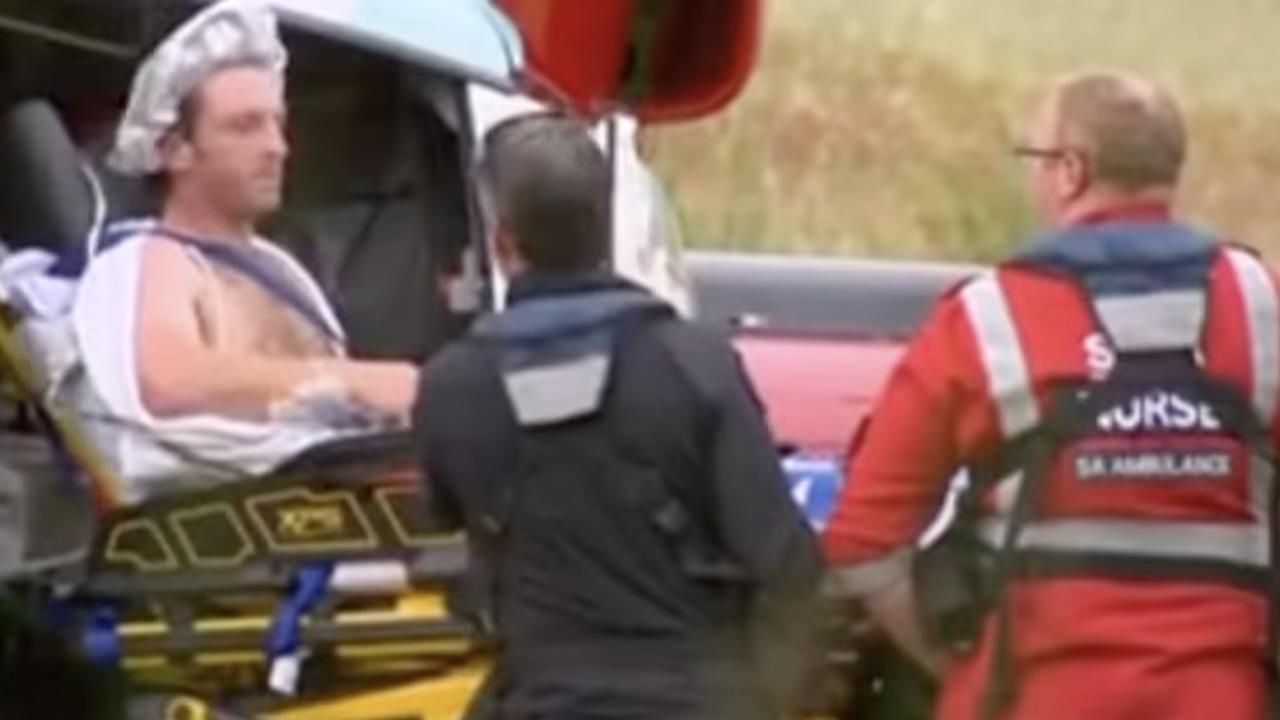Five tourists die on ‘cursed’ Bali island Nusa Penida
One of the ‘most instagrammed’ spots in the world has been rocked by tragedy after five tourists died on the idyllic Bali island.

Five tourist deaths in one month in a spot that’s one of the ‘most instagrammed’ in Bali has reignited a fear that the island paradise is cursed.
For centuries, the Balinese steered clear of Nusa Penida, a mountainous island 20km southwest of the mainland.
It’s believed to be the home of Mecaling, Bali’s demon king, his invisible army of demons and islanders who practised black magic to appease them.
European mariners were also apprehensive, evidenced by the skull and crossbones symbols that mark Nusa Penida on old maps.
Nusa Penida’s image changed completely in 2012 when National Geographic published an article describing it “a biological and cultural treasure, basically immune from all the trappings of Western culture.”
This coincided with the meteoric rise of Instagram.
The island’s towering sea cliffs, bountiful marine life and sugar-white beaches made fantastic fodder for the app, attracting thousands of tourists every day. Nusa Penida’s Kelingking Beach, which features cliffs that resembled a Tyrannosaurus Rex, is the most instagrammed beach in the world per square metre of sand, according to an analysis of 26 million Instagram hashtags by Money.co.uk. Bondi Beach came in second.
However, Nusa Penida continues to live up to its reputation as an accursed place in that it kills and injures a disproportionately large number of visitors. In the past month, five foreign tourists lost their lives on the island.
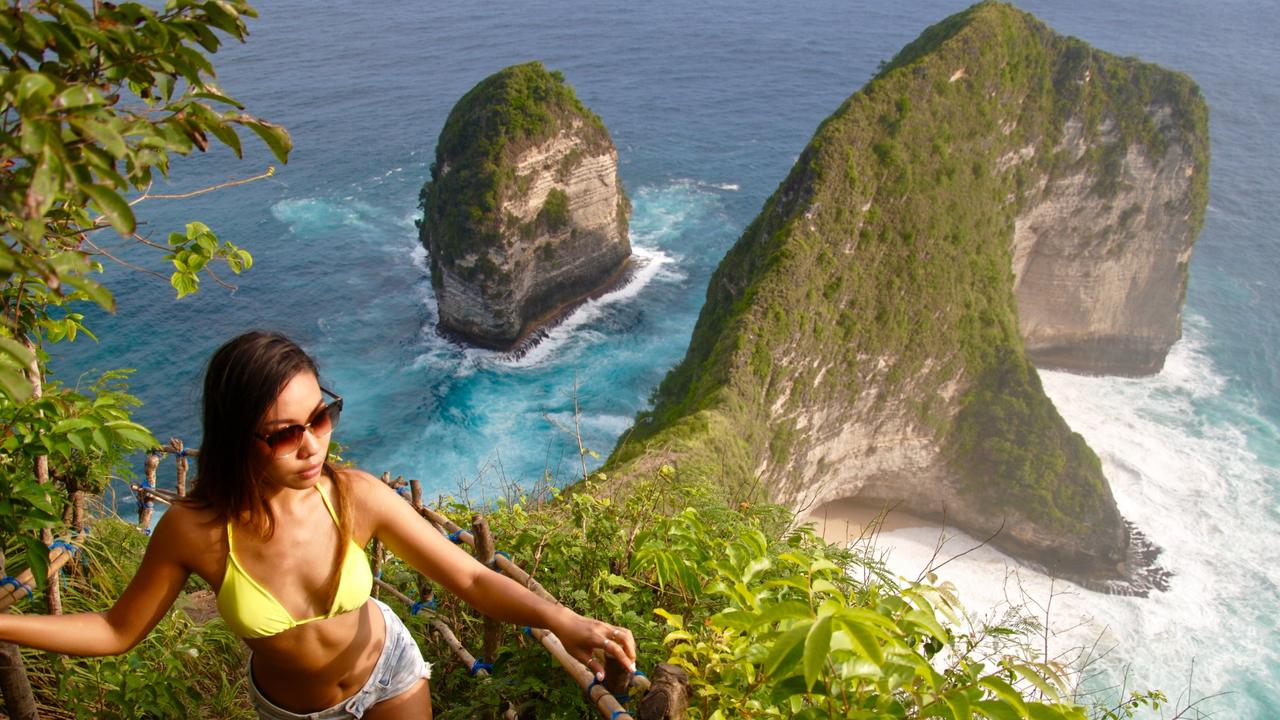
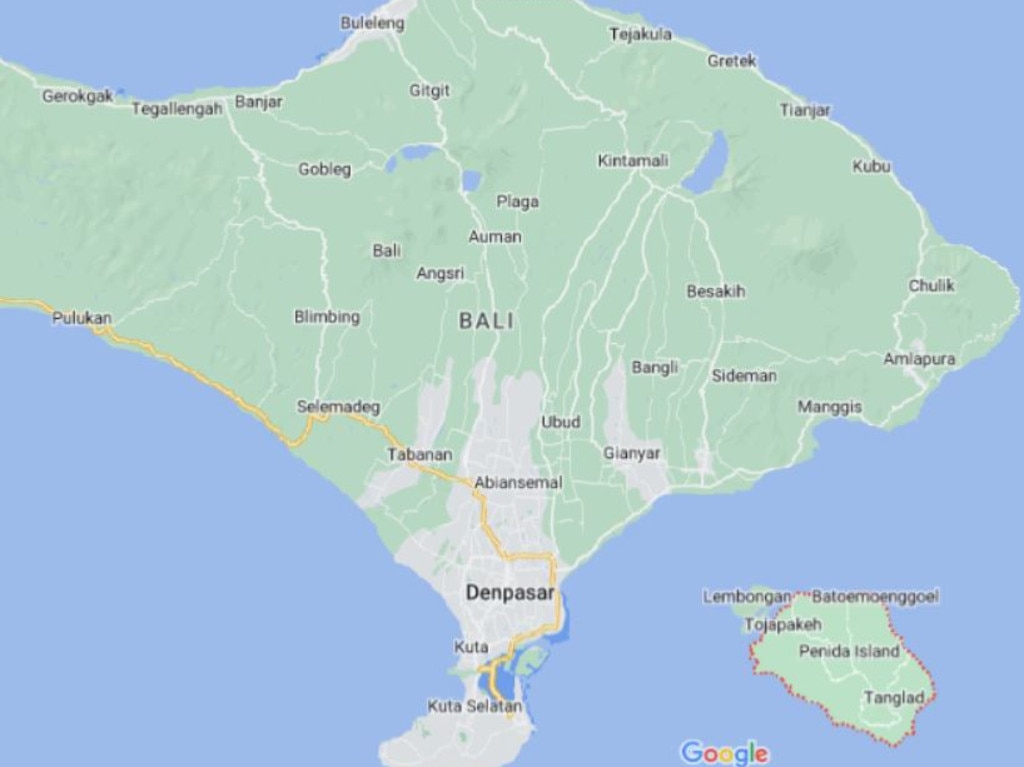
The most recent fatality, 26-year-old Indian tourist Vamshi Krisha Ramuni, was pulled out of the water in an unresponsive state after snorkelling at Manta Bay, a popular dive site, on January 22. His cause of death has not been determined.
On the same day, 27-year-old French tourist Lancelot Aurelien Sper was swept out to sea after he ignored a no swimming sign at Kelingking Beach. He was saved by a search and rescue team but broke his hip.

The day before, a 32-year-old Russian tourist identified by the initial M dislocated her shoulder when she was smashed by a rogue wave while walking on Kelingking Beach.
And the day before that, January 20, 53-year-old British national Nicholas Yates was found dead in his hotel room in Nusa Penida after complaining of headaches and vomiting the night before. Police are investigating the matter.

On January 4, 28 tourists were left traumatised and lost all their belongings including passports when a speedboat ferrying them from the Balinese port of Sanur to Nusa Penida capsized in rough seas. Fortunately, they were all rescued.
One day earlier, Yury Chernyavskiy from Germany and Matthias Mittringer of Austria were swept by waves off Diamond Beach after rescuing another tourist. They are still missing.
And less than a week before that incident on Dec 27, a Malaysian national identified by the initials NJ was found dead after helping two other tourists who were struggling against dangerous undercurrents at Nusa Penida’s Diamond Beach.

On November 21, 27-year-old Indonesian tourist Alvalino Kesanda fell 40 metres from a cliff while posing for photos at Nusa Penida. Despite landing on rocks and breaking a leg, Kesanda survived the fall and was rescued.
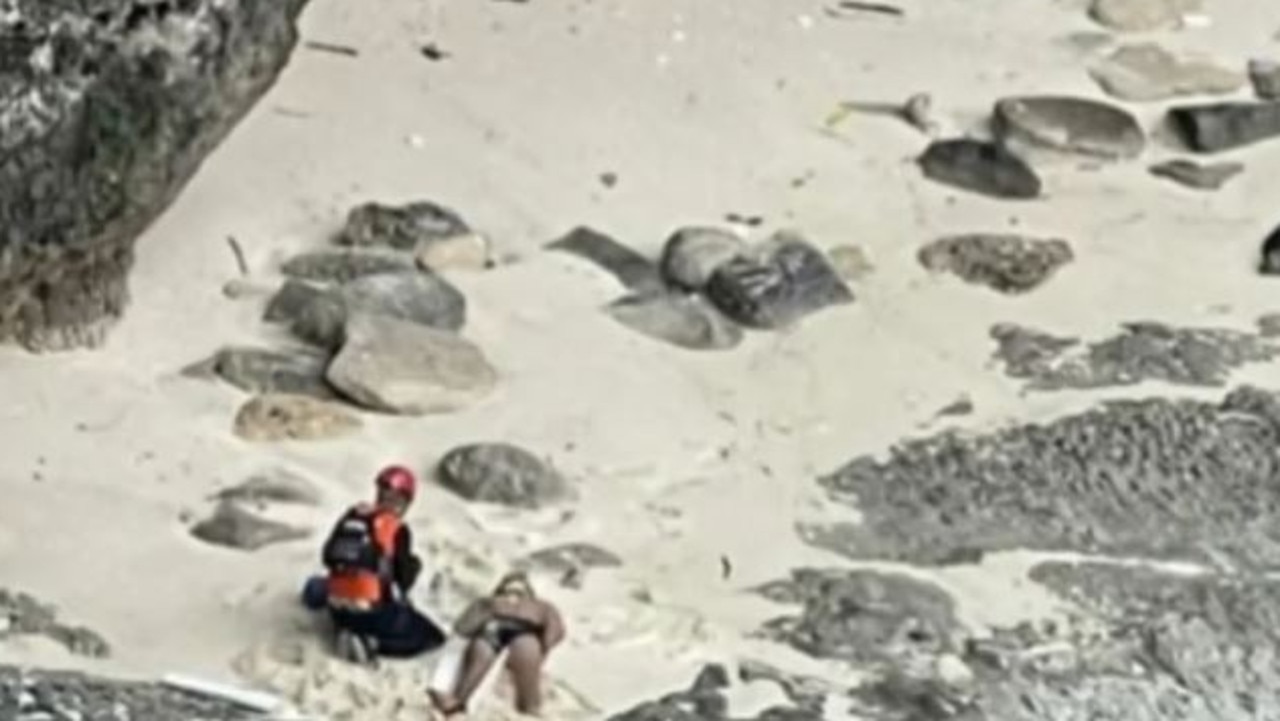

On August 25, French tourist Rabat Jean Pascal Brayn broke his arm after being bashed against rocks while swimming at Kelingking Beach.
Just days before, Korean tourists, Kim Yongjae, 33, and his girlfriend Lee Jina, 32, were hit by a massive wave while snorkelling in Manta Bay. Jina managed to clamber onto rocks at nearby Broken Beach but Yongjae’s did not. His body was recovered from the sea the following morning.

Perhaps the most tragic fatality documented on Nusa Penida was the drowning of two sisters aged five and six who were found dead at the bottom of a swimming pool at a villa last year in June after their grandfather, a pool maintenance man, briefly turned his back on them. However others point to the death of 11 members of a traditional ‘gamelan’ percussion orchestra from Bali who travelled to Nusa Penida to perform at a burial ceremony only to perish themselves after their boat broke down and sank only minutes after leaving the seaport at Nusa Penida.
In September 2019, three tourists died on Nusa Penida. The first two, South African Victor Allers and his Brazilian wife Fatima Turner, drowned after a small boat they chartered overturned near Devil’s Tear Cove. “We tried” to save them, Luke Scarborough, a witness, told South African TV. “[But] no one could go in or [the] same thing would have happened to them.”
The third person to die that month was 40-year-old Malaysian Sahfulnizam Bin Jamaludin, who drowned at Diamond Beach. Witnesses say Jamaludin tried to swim back to the beach for more than an hour but the current kept taking him back out until he disappeared from view.
A series of natural infinity pools stamped into a sea cliff, Angel’s Billabong is another Instagram hotspot on Nusa Penida. But it’s also a death trap, susceptible to freak waves that wash people out to sea. Signs warning tourists not to enter or stand near the edge are regularly ignored, and sometimes transgressors pay the ultimate price.
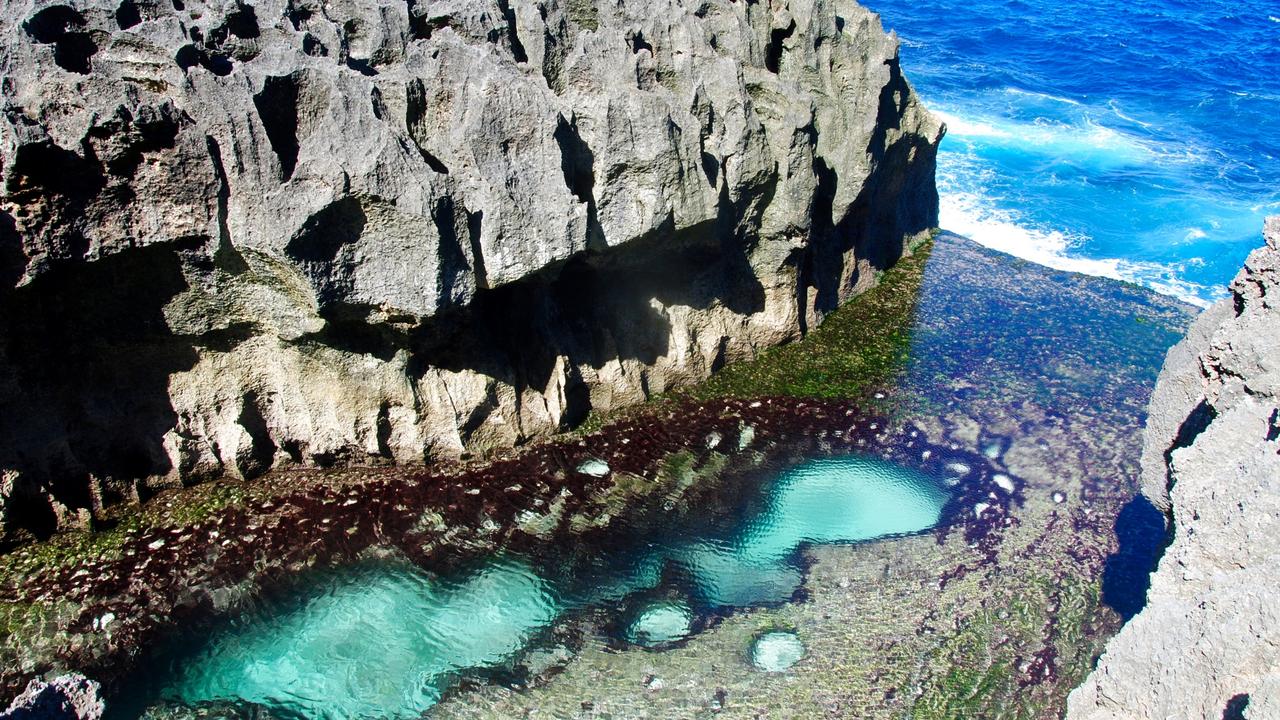
In 2018, 46-year-old Chinese national Qiuwei Anhui was killed while taking a selfie at Angel’s Billabong after a wave crashed into him and pulled him out to sea.
In 2017, a 23-year-old New Zealand tourist identified by the initials TJS went missing from Angel’s Billabong after trying to save his German girlfriend, who had also been pulled into the sea but rescued by a snorkeller.
In 2016, Australian Brad Williams, his Balinese wife Lestari and Lestari’s eight-year-old sister were hit by a rogue wave while walking along the rocks near Angel’s Billabong and swept out to sea. Only the Australian made it back to shore.
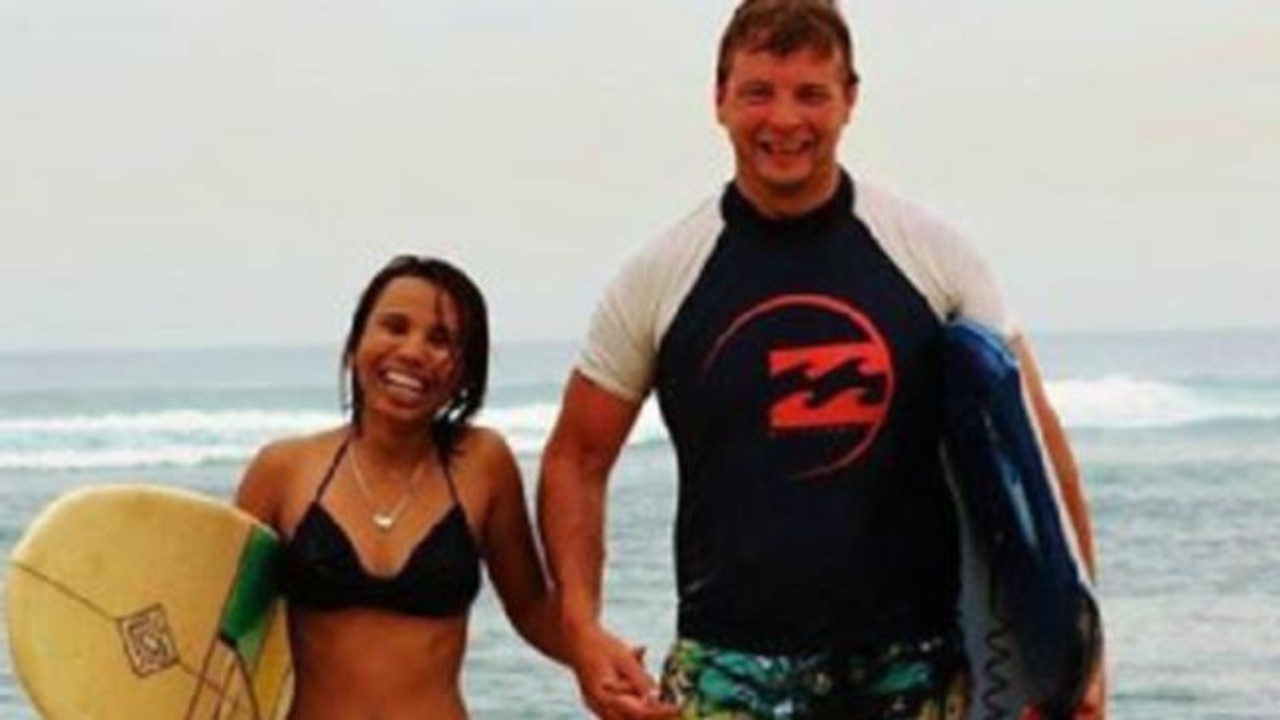
Not a year has passed in recent memory when tourists have not drowned, been seriously injured or had near-death experiences on Nusa Penida.
“Nusa Penida is simply beautiful and was one of the highlights of my trip to Indonesia. However, nature is very unpredictable and what seems like a clear, calm environment can quickly turn into a danger zone within a matter of seconds,” wrote American blogger Malisha on her blog Short Girl on Tour in 2019.
“I and several other people to our utter dismay almost witnessed a drowning at Diamond Beach. Several people were out swimming in the ocean and all of a sudden, we saw one person drifting away. Two people tried to go after him with a tube but they too were drifting out.
“It was horrifying to see this person drift further and further away from shore and you could tell he was getting tired.
“Perhaps it was this person’s luck or perhaps it was the collective prayers of the bystanders but suddenly a massive wave came by and pushed him closer to shore where he was somehow able to reach the life tube extended out to him.”

I even had two near-death experiences when I visited Nusa Penida in 2017. The first was a result of stupidity: I took a kayak into the fast-moving channel between Nusa Penida and neighbouring Nusa Ceningan island. Within minutes I found myself swept out to sea, powerless against the current. If it were not for a passing boat tourist full of Chinese scuba divers that rescued me, I might not have made it back.
But my second near-death experience on Nusa Penida was as left-of-field as they come. It took place the following morning when I jumped into the water at a dead calm beach on the north coast of Nusa Penida, and came within centimetres of impaling myself with a sharpened bamboo pole that had been planted in the sand to secure part of a fishing net.
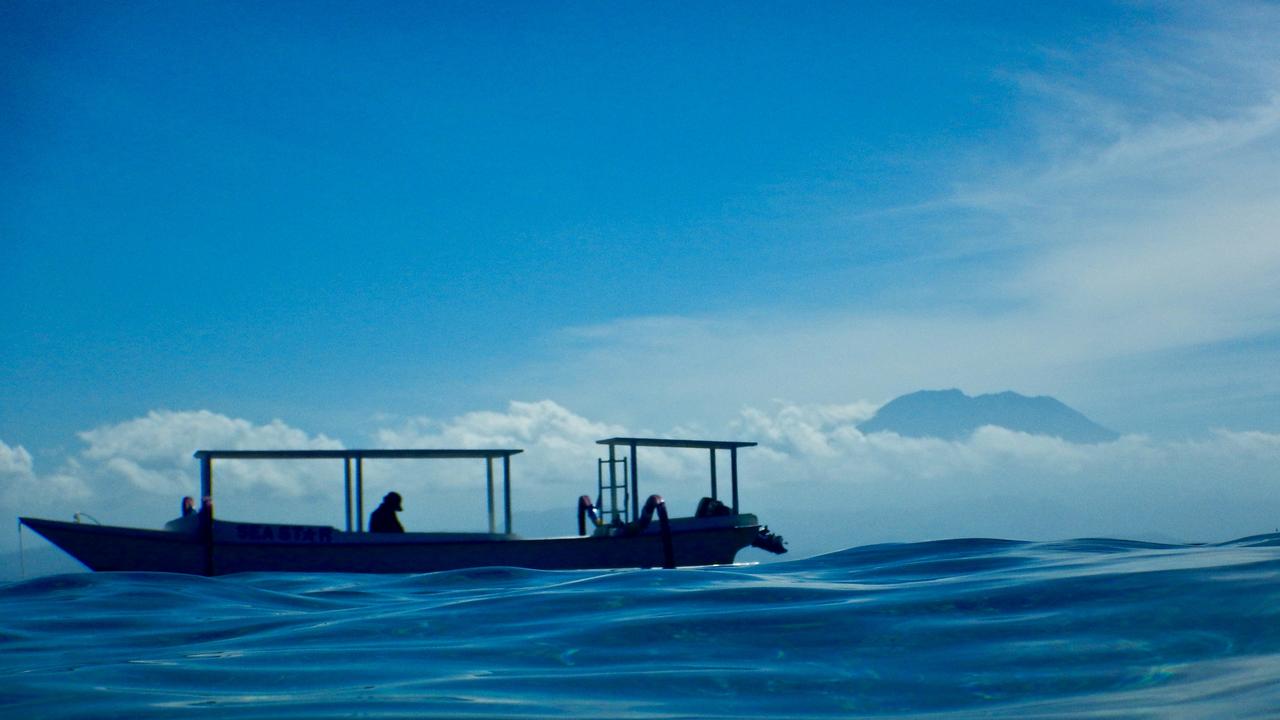
Many of the deaths and injuries that take place on Nusa Penida are the result of human error such as the poor maintenance of boats, failure to wear life jackets, ignoring warning signs or taking selfies on sea cliffs where there are no railings and failure to wear life jackets.
But the sheer number of deaths and near-death experiences and the mercurial way many of them happen lend weight to the ancient suspicions that many Indonesians still harbour for the Black Magic Island of Bali.




